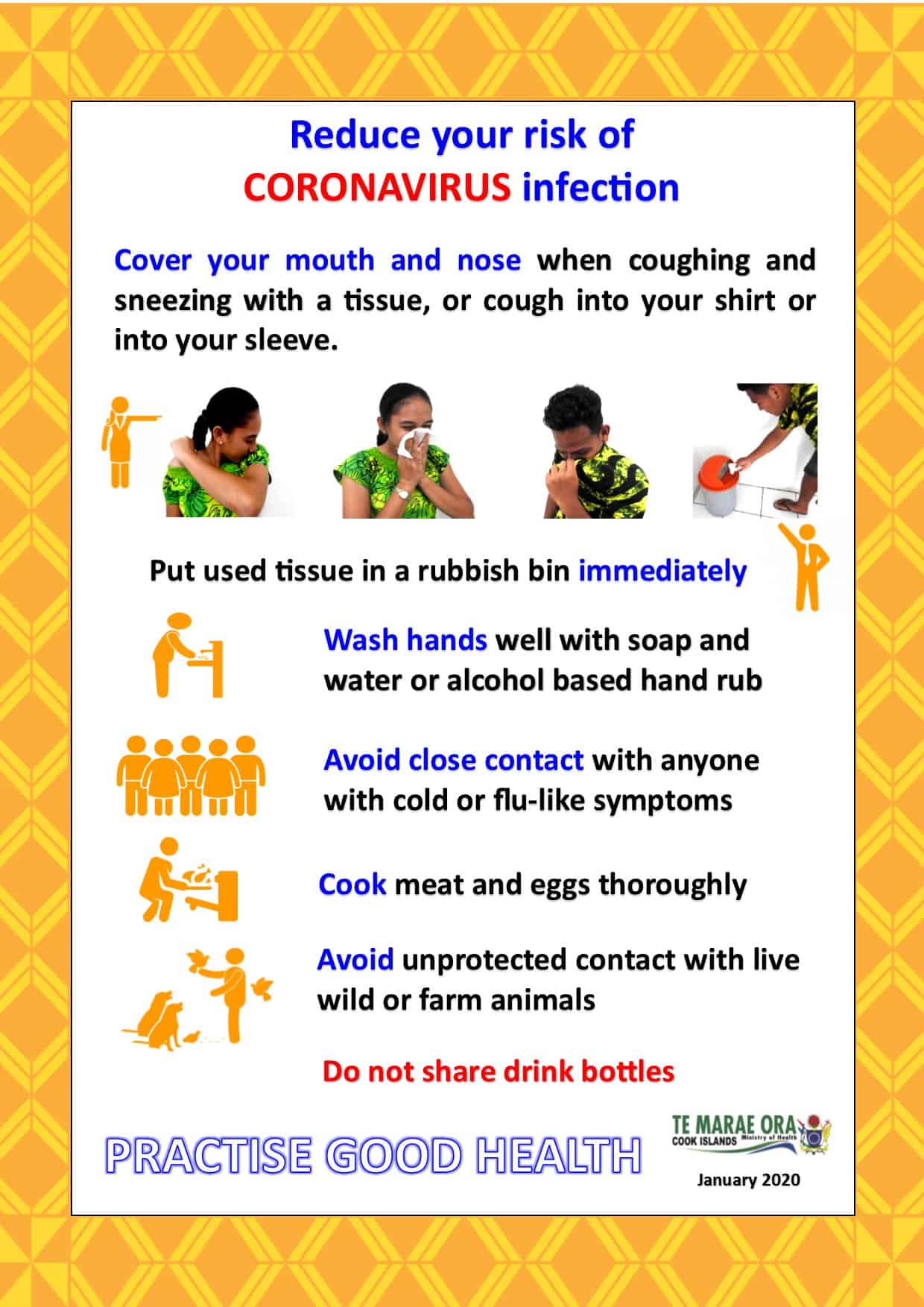Recommendation Info About How To Reduce Risk Of Infection

It involves layering multiple basic, proven tactics—an approach known as “the swiss cheese effect.”.
How to reduce risk of infection. Some things that can help reduce the chance of infection while you are in hospital include: Here are nine prevention methods that may help you sidestep a uti. This should include the risks of surgical site.
Infection control and prevention 3. Should do to reduce the risk of infection when you are having treatment or care. Related conditions it's worth noting that having tinea capitis can also increase your risk of.
Implementing isolation precautions standard precautions airborne. What you need to do discourage spitting. Effective infection prevention and control practices reduce the risk of transmission of infections between patients, healthcare workers and others in the healthcare environment.
You probably wash your hands after using the bathroom, before preparing or eating food, and after. Women will be familiar with uti as the abbreviation for the said infection. Standard precautions aim to protect both health workers and patients by reducing the risk of transmission of microorganisms from both recognized and unrecognized sources.
Your healthcare worker should discuss these. Make sure that you clean your hands often with soap and running water, or use an. Prevent infection before it begins and avoid spreading it to others with these easy measures.
The idea is that no single thing can prevent every case of. Offer patients and carers clear, consistent information and advice throughout all stages of their care. Jakarta, kompas — high humidity during the end of the rainy season and transition has increased the growth and spread of the aedes aegypti mosquito,.
The infection tends to occur mostly in the bladder and the urethra (the tube that brings urine. Since the rectum is a main source of e.coli, it’s best to wipe your genitals. Performing assessment and early detection 2.
It does not describe the types of healthcare in detail. The first line of defense is to keep germs at bay by following good personal hygiene habits. Covering the nose and mouth when sneezing and coughing can reduce the spread of infections.
Early treatment can help prevent the spread of the infection to others. It forms one of a bundle of. Allocate sufficient human and material resources to infection prevention to ensure consistent and prompt action to remove or mitigate infection risks and stop.
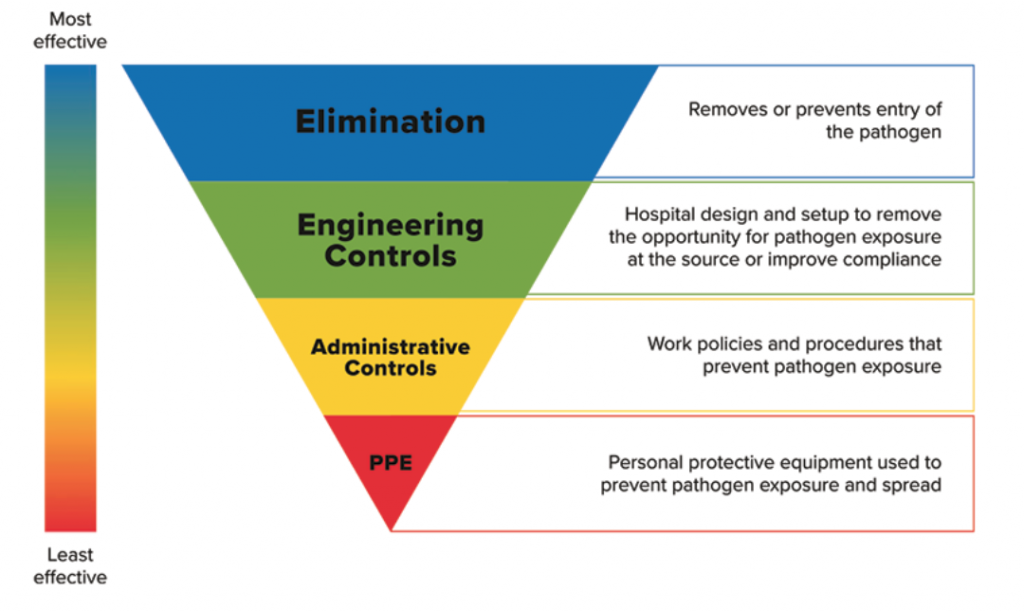


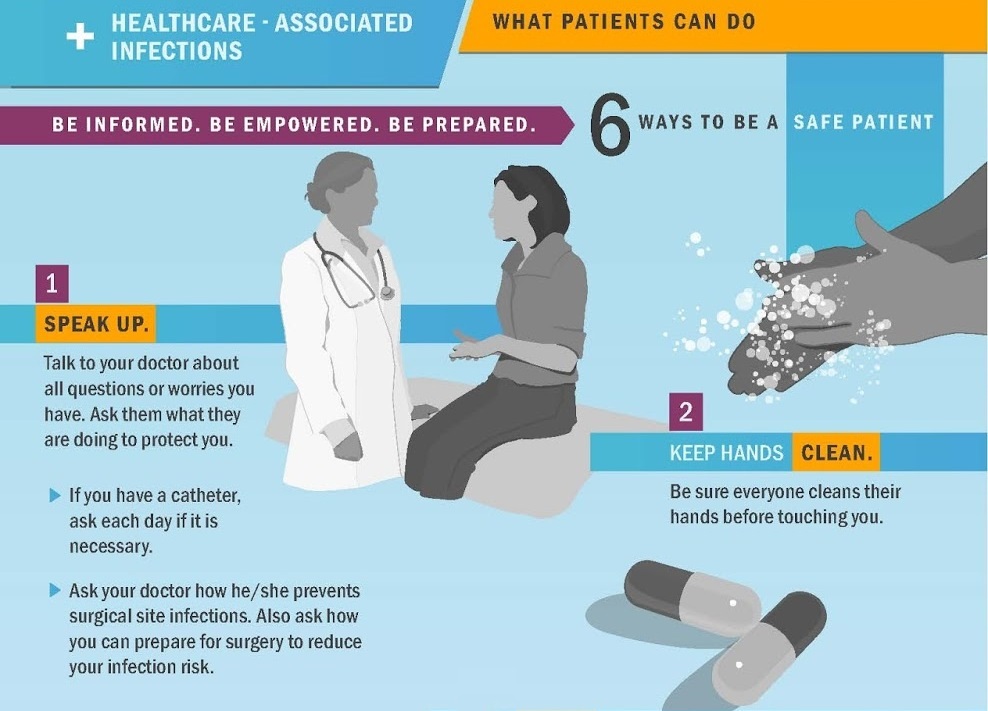
![5 Strategies to Reduce Surgical Site Infection [INFOGRAPHIC] Medline](https://i.pinimg.com/originals/22/03/63/220363ad2df348c4424e9fcd073da67f.png)


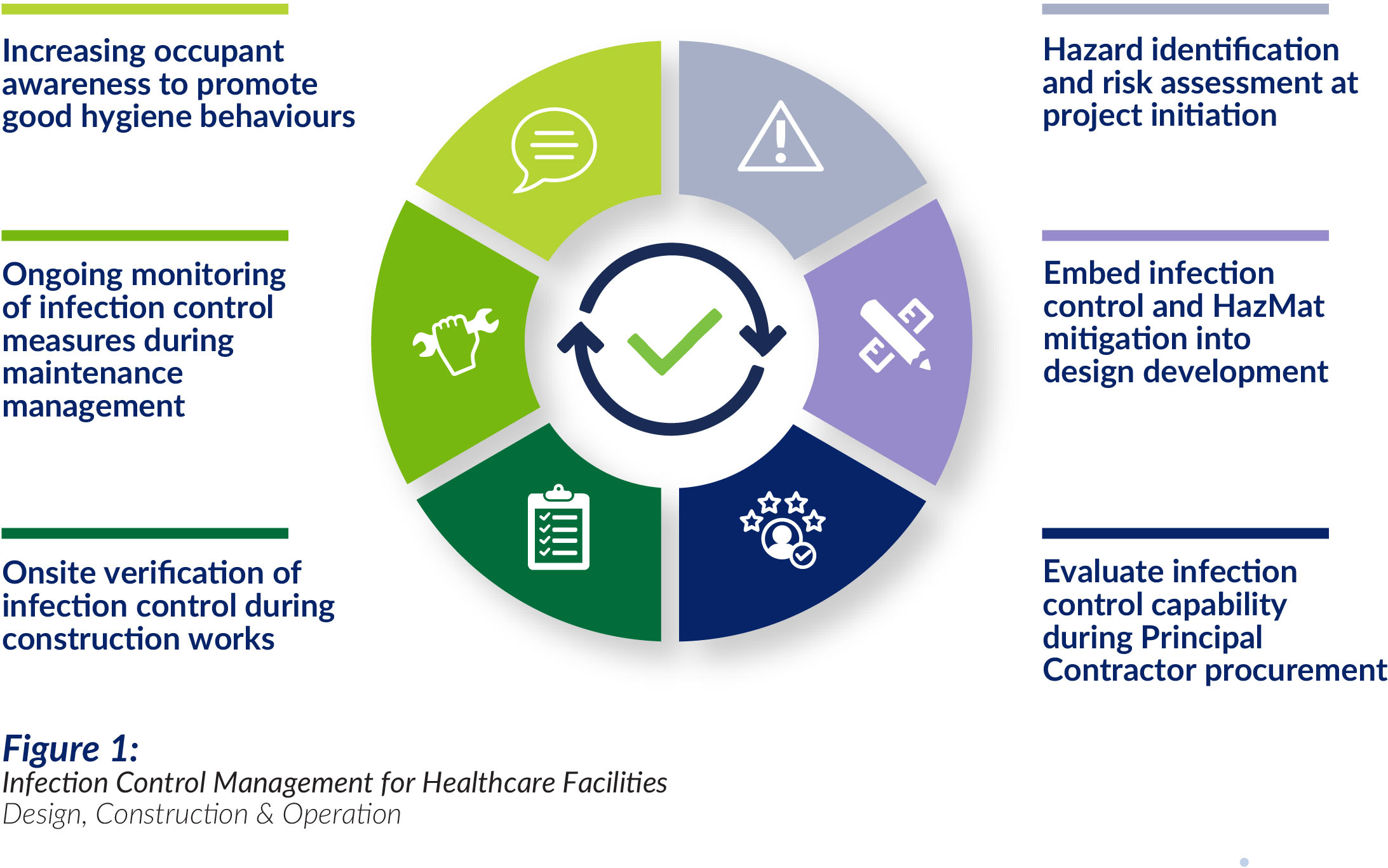
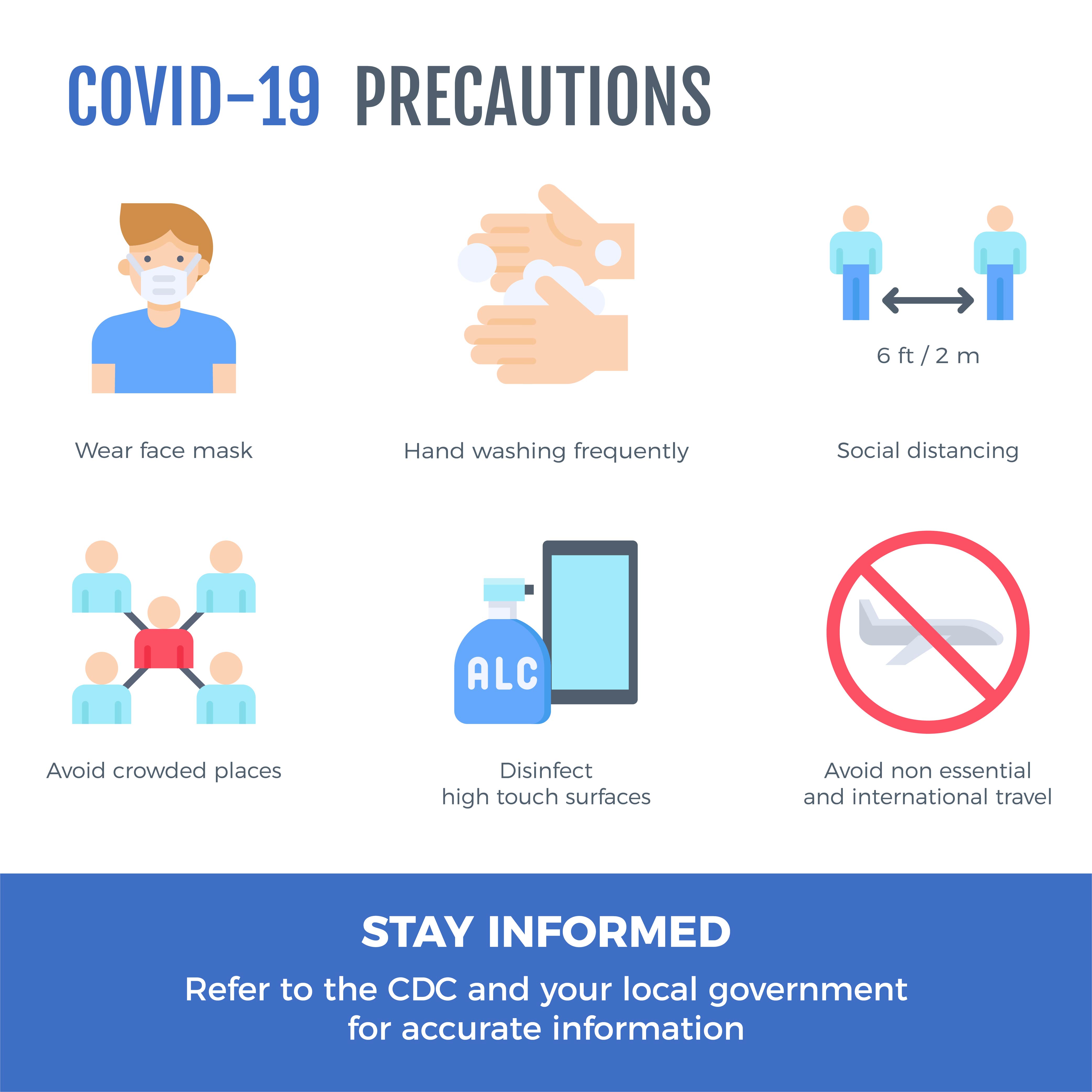
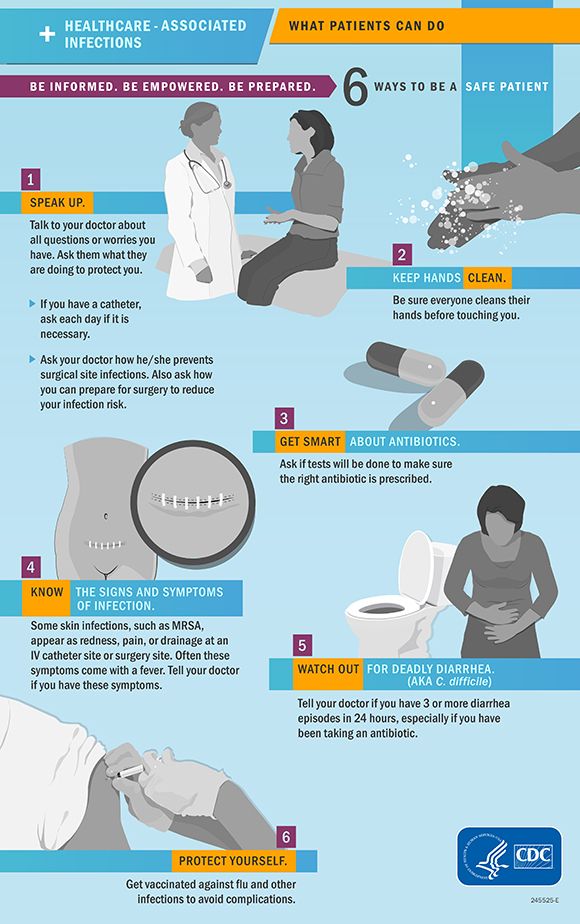

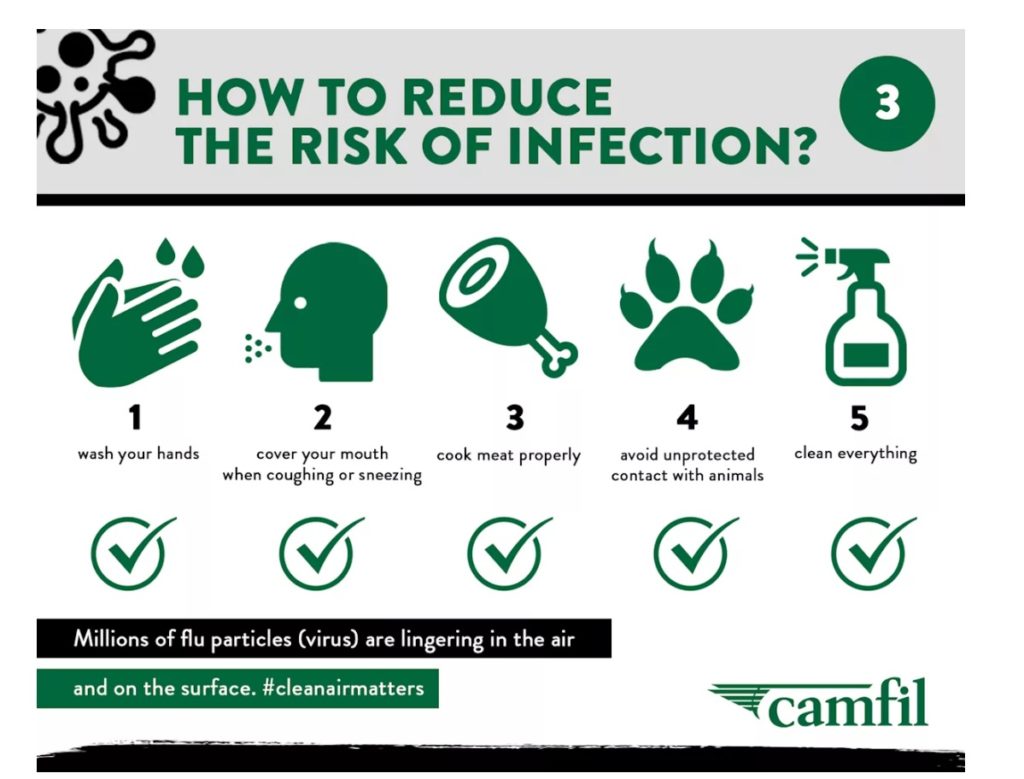
![Infection Prevention and You [INFOGRAPHIC] Design Ideas Pinterest](https://s-media-cache-ak0.pinimg.com/originals/12/47/ee/1247ee32d64c2fb5207006067779bd09.jpg)



